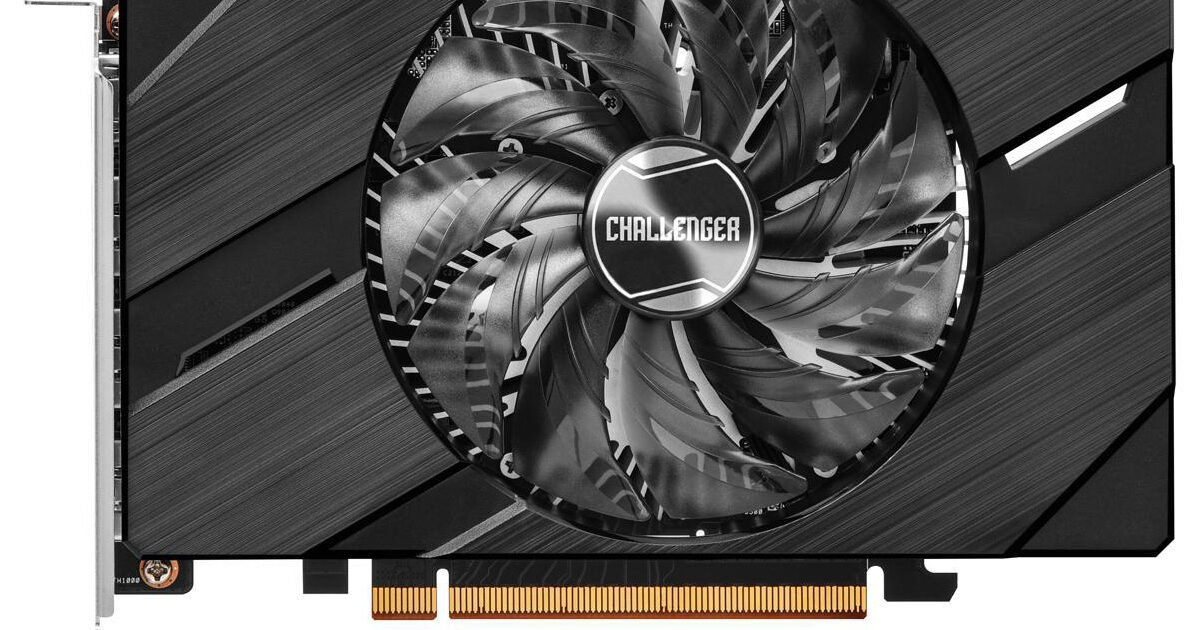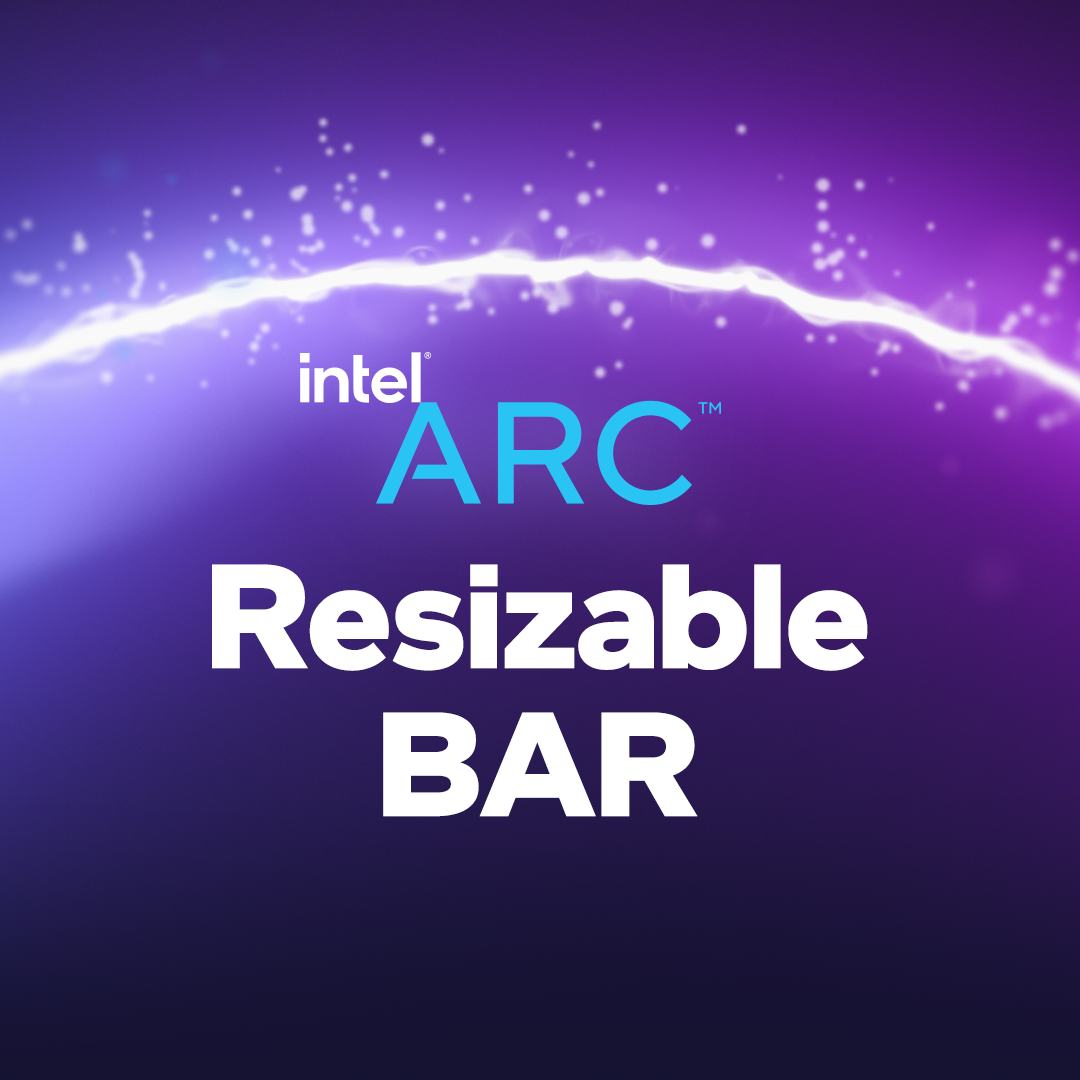arandomguy
Veteran
I don't think Intel in general would want to even set a precedent explicitly and specifically addressing rumors from MILD and equivalents.
Follow along with the video below to see how to install our site as a web app on your home screen.
Note: This feature may not be available in some browsers.

Lots-o-Photos
Intel Arc A750 & A770 Unboxing & Preview
The Arc A770 Limited Edition and Arc A750 represent the very best Intel is offering for the Arc Alchemist Architecture. Our two review samples came in a huge box with a delightful set of goodies. Here's how everything looks IRL, while you wait for our in-depth performance reviews of both cards.www.techpowerup.com

 techgage.com
techgage.com
Please note that while the best competition for Intel’s Arc A380 is AMD’s Radeon RX 6400 and NVIDIA’s GeForce GTX 1630, we don’t have either, so we’re using the next-best-thing we could find: Radeon RX 6500 XT and GeForce GTX 1660. Both of those hover around the $200 price point, so the gap is larger than we’d like, but it will still be interesting to see how Arc holds up.
That's the big one I'm waiting to see about on the 770.Another would be how much variance and issues crop up if you expand the usage criteria if you aren't just using more mainstream/modern games (or other software).
I keep reading these cards basically require resizable BAR to perform well. Why is that? Is that a "we don't feel like making our drivers perform well without it" sort of thing?

Something they thought was a good idea during design but didn't forsea this issue.I keep reading these cards basically require resizable BAR to perform well. Why is that? Is that a "we don't feel like making our drivers perform well without it" sort of thing?
Damn, if it had a blower fan and exhausted out of the back, I might have taken a chance on one for my media PC.
Regards,
SB


Arc A770/A750 embargo:
- Unboxing : Sep 30, 09:00 (EDT)
- Review : Oct 5, 09:00 (EDT)
- Launch: Oct 12, 09:00 (EDT)

I have a blower-cooled 2080 and yeah that is not what you want on a 225W card if quietness is a priority. It will go dustbuster with demanding software.
They are 300W cards and AMD had the fan control setup to target 95C. It was the same cooler as on the 7970, which was a ~ 250W card. I had a 290X for awhile and it was a very noisy card, and annoying because the fan changed speed too much. It would even ramp up rendering the WIndows GUI sometimes.I remember blower-cooled R290(X) gpus. I think they reached close to 100c under gaming loads.
